|
[CALORIE COUNTING: YES OR NO?]
One of the heavier debated topics of late has been around calorie counting. Is it necessary or not? Is it even useful? Some pro's and cons: PRO: - gives you data, which you can use later. If you had a certain daily routine that made you lose weight, it will probably work again in 3 years if you are in the same situation - nutritional values give a good estimation of what has a lot and what has little calories - it has been scientifically shown that you will lose weight if you burn more calories than you eat - therefor, there are no excuses if you are not losing weight CONS: - calorie counting views food as points. This external focus takes all the attention away from what your body is feeling. You are basically saying "you've had enough" or "you need to eat more" even though your body might signal something different - the estimations are approximately ok, but there can be errors up to 20%, screwing up your counting - a lot of effort to keep track - all of this together makes it an unsustainable option Our advice? Focussing on how you feel has more merits than calorie counting and focussing on an external object: the scale. Eat quality, healthy foods and focus on how you feel instead of what you counted.
0 Comments
Often times, the terms "cardio" and "conditioning" are mixed together. Some people even think they are the same thing. Here is a better explanation of why they are 2 totally different things!
Cardiovascular exercise can be defined as doing a low-impact movement for long times, with little to no difference in intensity. Some great examples are running, cycling and rowing. They will not help you build muscle or get a lot stronger (mosty fiber type 1 dominant), but will make you better at using oxygen and exercising for longer periods. The adaptation to this kind of exercise is very quick, since they are very repetitive in nature. Conditioning uses structured work and rest periods in higher intensities, often with a mix of exercises. Because of their varying nature, adaptation to conditioning work is much slower, leaving you with more room to get better. Because if the higher intensity, this type of training will also help you build muscle and get stronger. There is a place for both in training, just make sure you know what and why you are doing what you are doing! Keep your goals and sports situation in mind! At 3-2-1 Fit, we usually choose for conditioning because of its higher benefits and efficiency. For a general population with no unjury history or risks, this will generally be the best choice for optimal results. As a coach, you are walking a fine line: don't be to quick to judge people on their outcomes in the short term, but also be critical if the outcomes are not there after a longer period.
Things don't always pan out the way you want them to go. I just finished a training program, and my squat max went up by ... 0 kg (luckily, the snatch and C&J were better). So... did I fail? If I had set myself an outcome-based goal, I should look at this as a failure. No change means no improvement. If I had set an effort-based goal, I should feel succesful. I did all the required things, got plenty of sleep and relatively good nutrition. This is just an example of how when coaching people, you should always look at the entire picture. The fact that my snatch and c&j went up, highly probably indicates there was some improved strength and power, but for some reason it did not show in the squat. Maybe I was tired.. Maybe my technique was off. But maybe my nutrition was less good than I think. Maybe I was not focussed enough during the workouts. Great coaches know which one of the following it was, set the right (kind of) goals and steer the ship in the right direction. A tough distinction to make! This idea, while not necessarily ground-breaking, was perfectly described in an article I was reading for the Precision Nutrition Program. It tells about how when people want to lose weight, you should try to get them to the next "level" for a meal. For example: you eat fries and a burger for every meal. Next time, try to have a whole grain sandwhich and take a half portion of fries. You get the concept: small steps.
Too many people I've guided have tried to make the leap from bad eating to perfect, only to fall back really quickly. Eating healthy is hard. Setting habits is also hard. Setting healthy eating habits is a combination of those 2, so you can't really expect it to be easy either! So when you want to get that summer sixpack ready, think about levelling up step by step: your chances of making lasting results (instead of having to restart next year) will be much higher. Quit thinking instant results: think long term. My to-do list currently has 28 items on it (and that's huge improvement from the 70+ I had a few months ago, before I decided to cut out the non-essentials). Just looking at the thing stresses me out.
Everybody is busy, and it's very easy to get a feeling of being overwhelmed and panicking. It happens to all of us, and I certainly get it from time to time as well. Obviously I can't do all of those items in 1 day. That's where I try and use planning to get through. I try to split up projects into manageable parts. Having a constant reminder for a project of "in 7 days I need to do this, in 14 days I need to do this, ..." stresses me out and is unnecessary. Whenever I get a bigger project now, I divide it into parts and plan those in. I then open my calender and plan it in. Then, as time passes, I see for example: today I need to do part A. Next week, I'll see I need to get part B. I don't need to constantly see everything that's coming: I just need to get done what should get done today. (I recently started using the 17 hats software for this, recommended by Dan Salcumbe) Same goes for emails: I try to end the day with an empty inbox. Emails I cannot answer today, get snoozed to a later day. Having them just standing there, unopened, stresses me out and gives me a feeling of not being "finished" for the day. The feeling of having an empty inbox is the best in the world. Last but not least: starting every day with some breathing exercises and ending it with a cold shower (Wim Hof Method, thanks Tom Stijven and Dirk Janssens) helps me stay focussed. I highly recommend it to anyone since it's not only very simple, but also does not take up a lot of time. You might have noticed those flashy rolls in the cabinet at the whiteboard at 3-2-1 Fit. But what are they actually for?
Foam rolling is done by rolling over a painfull/tight areas to make them relax (or actually, the surrounding fascia), increase blood flow and loosen up the muscle. You can do this either with the foam roller or with something like a tennis ball. It's best comparable with a deep tissue massage, only you get to both do the massaging ánd get the pain. You also save money. Triple win. Multiple studies (including 2 linked below) have shown positive short term effects of foam rolling on strength, flexibility and recovery. The mechanism involved is a relaxation of overtensed muscles, allowing you to move more freely after. The key is not to be a warrior and go above your pain threshold: your body will perceive this as a threat and will not relax at all. The ideal timing would then be right before exercise, to release the tight fascia and move more freely after. Never forget though that an overly tight muscle might just be a way of your body telling you something is wrong. You might be weak or in some areas, causing other areas to pick up the slack. If you need frequent foam rolling before you can get anything done, be sure to see a movement specialist to check where you are lacking. https://www.ncbi.nlm.nih.gov/pmc/articles/PMC4637917/ https://www.ncbi.nlm.nih.gov/pmc/articles/PMC4299735/ . I used to do a lot of jump training when I was younger, because I wanted to dunk a basketball 🏀. So Plyometrics was a term I came across very often, in fact, it was probably one of the first things I learned about! Plyometrics is a term that is thrown around very liberally these days. But what exactly is it?
True plyometrics, as they were first introduced by Soviet coaches in the 60’s, are also known as the “shock” methode. By jumping off a height, landing and immediately producing an explosive force afterwards, the muscles are loaded very heavily (this can generate forces up to 3-5 times bodyweight), first in an eccentric and then in a concentric way. By practicing this, the transfer of force becomes quicker, which is a very useful quality for sprinters, jumpers, … and basically any sports that involves these elements. ⚡️ Nowadays, people refer to plyometrics as well for simpler jump exercises such as ladder drills, hops, and other drills where total contact time and transition between eccentric and concentric is much longer. So, who is this for? 📈 This type of training can give very short but intense burst of load, so high level plyometrics are not something I’d recommend to a beginner. You want to be sure your body can handle these high loads first. If you have been exercising injury-free for a while and want to jump higher or sprint faster however, plyometrics can be a great idea for you. One of the most popular recent trends in nutrition is definitely intermittent fasting ⏱. This comes down to eating only for a limited time period during the day and fasting for quite a long time after that. Some forms even extend this to not eating for a day, followed by a few days of normal eating. The pattern is clear: prolonged periods of no caloric intake. (note that it does NOT say you should lower total caloric intake per se, but only limit the number of hours you get them in)
Intermittent fasting has been shown to have positive effects 📈on triglyceride levels, cholesterol, blood pressure, hormone levels and overall weight, although the number of available studies so far is very limited (and the number of long term studies is even lower). I have been doing 8/16 (8 hours of eating and 16 of non eating) intermittent fasting now for probably around half a year and after some initial hard days, I must say I’m happy I made the switch. The biggest benefit for me is the mental freedom it gives you in your non-eating periods. You don’t even have to think about eating. I was surprised about how easily I wanted to grab something to nibble (and that was usually not the healthiest thing). Snacking was more programmed in my system than I ever thought. By doing intermittent fasting, those opportunities were severely limited. 🍕🌭🍰 I would recommend this for people who want to lose weight, for the simple reason that the number of hours where you will be allowed to eat are just so much smaller, which will often times result in less calories in and weight loss as a result. Periodization refers to the sequential use of different training stimuli in the shape of exercise selection, volume, intensity, focus and goal of the training, often with the goal of peaking towards a certain competition. By intelligently varying these factors, training results are optimized. 📈
There are different ways of using periodization: - "Traditional linear periodization": training is structured in blocks with different focus points. For example, you would focus 6 weeks on strength endurance, then 6 weeks on maximal strength, and then 4 weeks on power output. Every block builds on the last one. - "Undulating periodization" refers to training where volume and intensity go up and down repeatedly. This can happen on a weekly basis (for example: week 1: squats at 70% all week, week 2: 80%, week 3: 75%, week 4: 85%) or on a daily basis (variation within the week, for example: monday at 80%, friday at 75%) There is mild scientific evidence that periodized training might have benefits over non-periodized training. However, there are some severe limitations to these studies, most notably lack of standardization of overall training volume between compared groups and a limited duration of studies (very few studies go over 12 weeks). So... what does that mean for you? I would not recommend you to do any program that has a periodization approach over 3 months unless you meet the following qualifications: a) ✅ You are in a more advanced training stage and have more problems making improvements. b) ✅ You stick with a program all the way through and don't miss more than 5% of all sessions. There is very little benefit in doing a periodized program where one phase builds on the other, and then quitting after phase 1. c) ✅ You should not be someone who gets bored too often. Periodization may use a lot of the same exercises or focus for multiple weeks. Photo credit to Breaking Muscle When I was a kid, I would do a lot of push-ups. I’d do 20 one day for a max set, then aim for 21 the next day. I was good at maths, and my 4th grade maths skills lead me to believe that with this 1 repetition increase, I would be able to do 365 more push-ups by next year if I could just stick to the program. Easy. Shows like Dragonball Z only made me believe it more 💪.
Fast-forward to almost 20 years later and I’m not quite there yet. I am such a failure. Why did I not succeed? Wasn’t this the perfect plan on paper? Enter training science 📈. When you start off with strength training, the majority of the initial improvements are neural. You get better coordination in the exercise, learn better what muscles to use, your central nervous system gets triggered to work harder, … This can lead to quick boosts in strength, but they are limited in their potential. True muscle-building takes a little longer to get going. When your neural adaptations don’t give you that weekly strength increase anymore, it’s time for your muscles to actually get stronger. This is a process that’s a lot slower than those first few weeks but has a much higher ceiling. In short: it wasn’t my fault after all: it was a little more complicated than I first thought aged 12. (photo credit from research by Moritani and DeVries) Unless you are thé top expert in a certain area, you are not all-knowing. As a sports professional, I face new problems and questions everyday. And that’s perfectly ok, it would even be strange if I didn’t.
To me, a coach is someone who can guide an individual to a higher level. He/she shows you what to do, why and how. Someone who can bring value to your life. A coach should have a deep understanding of what you want to achieve and the struggles you are going through. The coach has often been through the same issues successfully and wants to share that knowledge with other people. That’s why I choose to be coached myself. I worked with Michaela Breeze not too long ago, and am now on a program by Greg Everett, both high level Olympic weightlifting coaches. I read a monthly newsletter by Jonathan Goodman from the online trainer academy, and today I bought the Precision nutrition education. If you’re not learning on a consistent basis, you are falling behind in an ever-evolving world. Investing in yourself is the best investment you can ever make. We hebben het allemaal al gehad: toffe, zware training, en dan 1-2 dagen later… Amai ik kan niet meer wandelen! Maar hoe komt dat? Waarom ben je soms stijf na een training? 🤔 Wanneer je traint, breng je eigenlijk schade aan je lichaam en dat zorgt voor stijfheid, meestal het ergst 24-48 uur nadien. Je veroorzaakt microtrauma’s in je spiervezels, aan de Z-lijn van de sarcomeren. Je lichaam gaat hierop reageren door nieuwe, sterkere spiervezels te maken om dit in de toekomst tevermijden. In de toekomst zul je dus minder makkelijk stijf worden. 💪 Wat veroorzaakt stijfheid? - ⛹ Type van contracties: excentrische bewegingen (spier verlengt tijdens dat ze kracht produceert) zorgen voor meer stijfheid dan isometrische (spierlengte blijft dezelfde) en concentrische (spier verkort) oefeningen. - 🏋 Intensiteit: hoe zwaarder je training, hoe meer spiervezels je zal moeten aanspreken en bijgevolg hoe meer stijfheid mogelijk is. - 🏊 Trainingsgeschiedenis: zoals hierboven al vermeld, ga je moeilijker stijf raken als je dezelfde spieren al vaak getraind hebt in het verleden. Maar dus wel als je plots andere spieren gaat trainen! (vb: fietser die plots 300 pushups gaat doen) Hoe kan je het vermijden? - 📈 Graduele opbouw van je trainingen: stapje per stapje! Elke training een klein beetje vooruit is een beter idee dan ineens iets te proberen dat te hoog gegrepen is. - ⚡️ Vermijd teveel excentrische bewegingen als je nog maar net begint met trainen - 🚶 Als het toch al zover is: probeer wat lichte activiteit zoals wandelen, sauna of andere warmtetherapie, een massage en foam rolling. Dus geen zorgen: je stijfheid is compleet normaal en zal met verloop van tijd minderen! ✅ In coaching people, I find nothing as defining of their chance of making a lasting change as their mindset: how they look at life. Some days are better than others. Life throws us off balance. Very often, it’s not even you fault. Nonetheless, you’re the one stuck with it.
But if something is not working out the way you wanted it… What’s your reaction? - Come up with an alternative solution? - Do something else to get you closer to solving the problem? Or - Blame external factors? - Wait for certain things to happen, claiming you can’t move on until something changes? The problem with the last 2 is that they place the blame on an external factor. Your life depends on what happens to you. You are basically a playing puppet. You just react to what others do. In this way, you can never seize control of your own life, and will always be stuck in a reactive life. Seize control of your life and act in the best way possible. It’s not the circumstances that define your life, but rather how you react to setbacks and hard times. We’re all dealt a different hand, but how you play it is up to you. A lot of people struggle with finding the time to work out. How can you get out of this? There are only 24 hours in a day?
Take control of your schedule or it will take control of you. By failing to plan what is really important to you, you will "not find time for it" because there will always be something else that pops up and you want to "quickly take care of". Eventually it will leave you feeling like you are always busy and catching up, feeling overwhelmed and fixing sudden problems. Most of these sudden problems are not even really that important. People who are succesful at this, made an important mental switch: they went from a reactive to a proactive mindset. They scheduled in time for something that is important to them: health. Exercising never feels like it is "urgent", because you can always delay it to the next day. That doesn't make it less important though. Realize what's really important in your life and act accordingly. Not only will it free up your time, it will free up your mind. [SOS: SHINY OBJECT SYNDROME]
Personal Training is booming. Accompanying this is the enormous amount of Instagram influencers and “experts”. As coaches, we are overloaded with new information, trends and hypes by the week. The cooler and stranger the exercise, the more likes, and the more people want to try it. One thing never seems to turn any heads however: the basics. Human movement consists of a few basic patterns: the squat, hinge, press, pull, sprint/run, carry, rotation and counter rotation (as also stated by Dan John and David Whitley and later modified by the StrongFirst crew). 99% of all exercises fit into one of these patterns. And for good reason: they should be the staple of any training program looking to get you fit and healthy. Here comes the tricky part: The main thing is to keep the main thing the main thing. Nobody, regular person nor top athlete, should ever advance to a difficult exercise without having mastered the basics of these movement patterns. Doing a 1-legged explosive cable overhead press might be challenging, but is it really optimizing your performance in the press? Or is it taking away from it? If you can’t do a correct regular press and the 1-legged stance and explosiveness are making it harder for you to focus on the actual press, then why would you do that? It would leave you with suboptimal performance on both the balance, explosion and the press part. Fellow coaches reading this, be aware of the trap of looking cool on Instagram. The basics are invaluable. Trading them too early for a cooler but less effective variation will leave your client impressed, but without results to show for it. A difficult exercise will not always equate to improved performance. Prioritise your client’s performance over getting 5 new followers on Instagram. |
Fitter in 4 Weken!Wil je die overtollige kilootjes kwijtspelen? werken aan je probleemzones? schrijf je hier dan in voor het gratis. 4 weken programma + wekelijkse tips!
Categories
All
|
Photos from verchmarco (CC BY 2.0), verchmarco

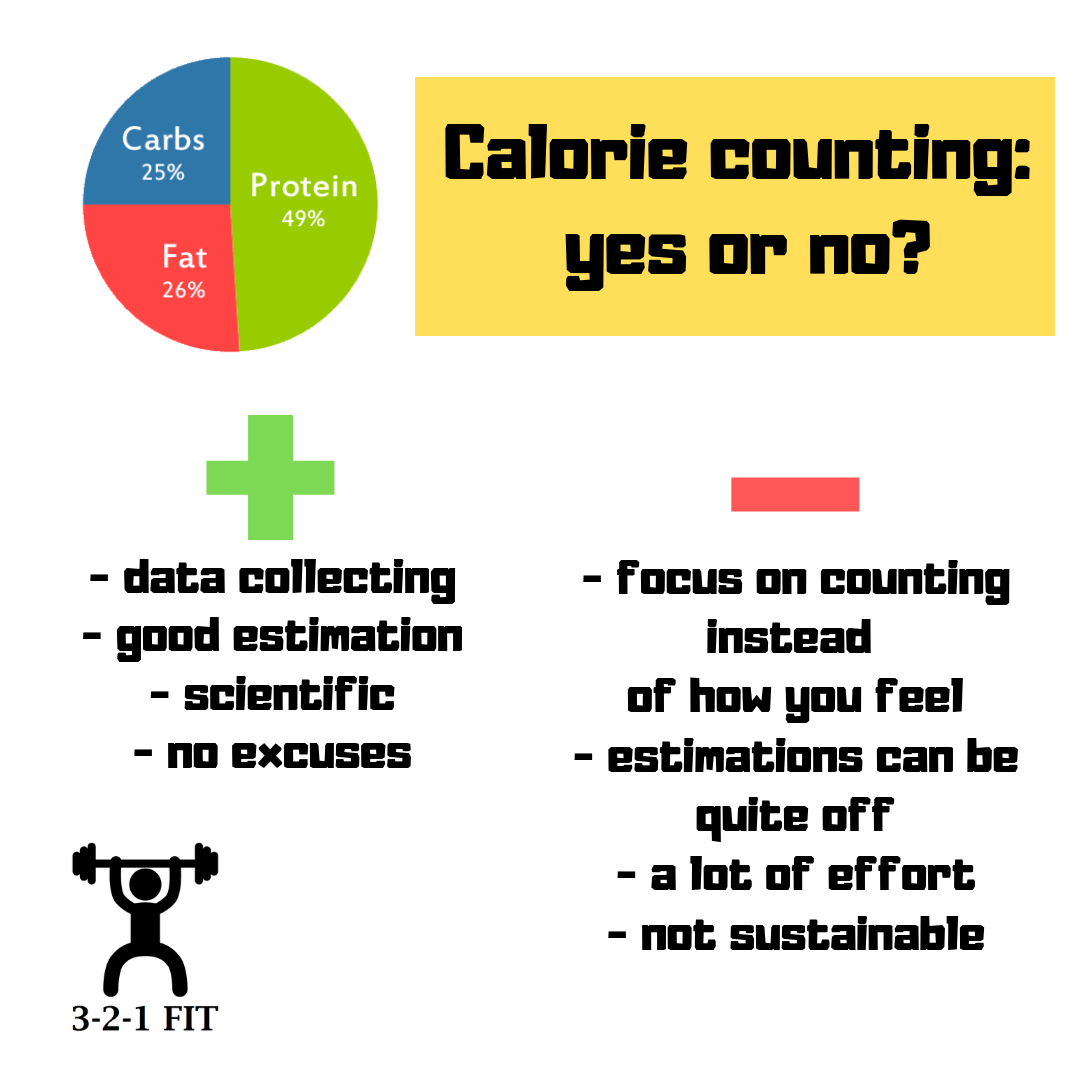
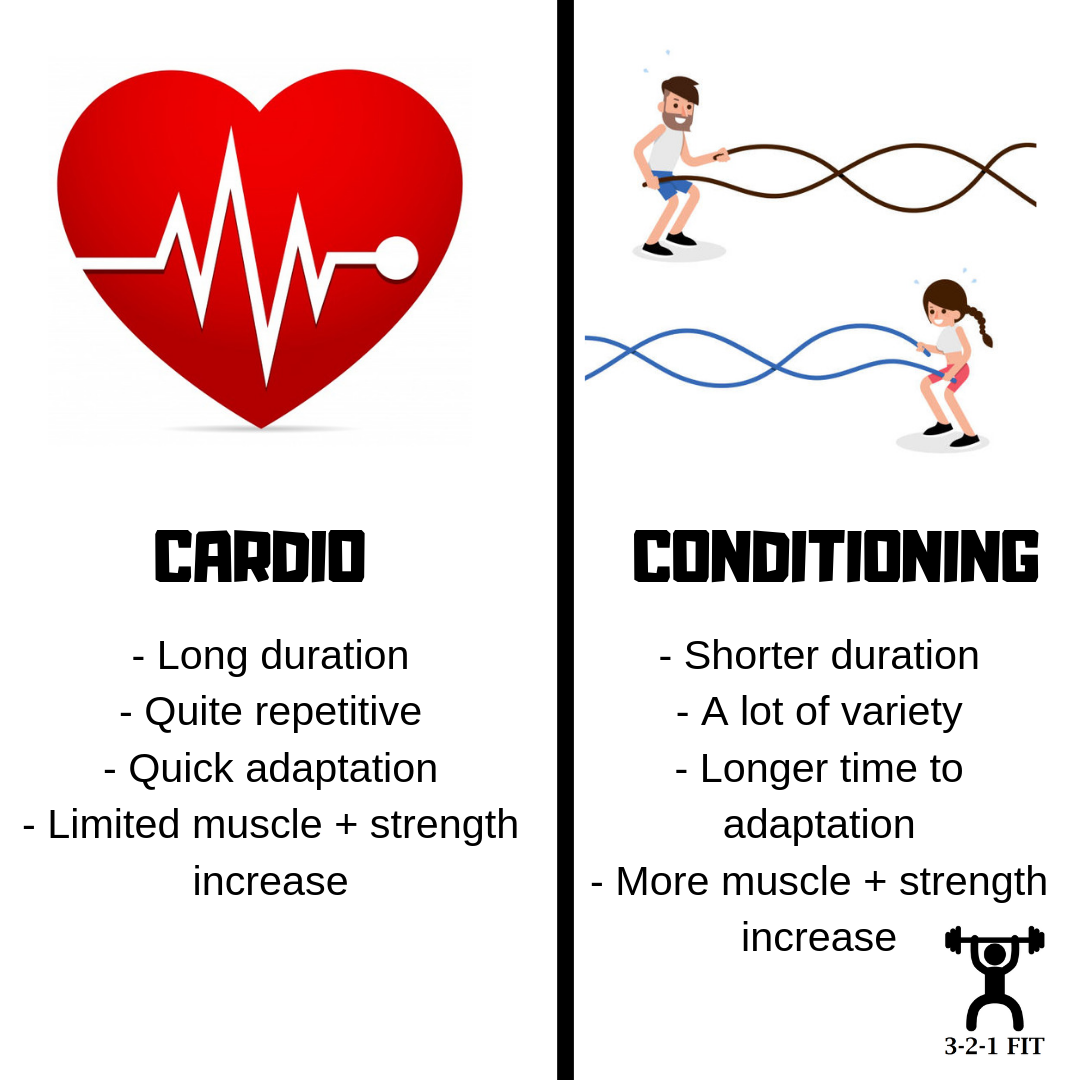

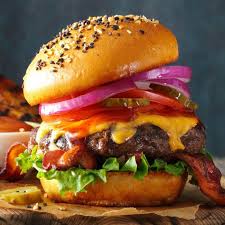

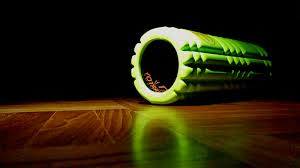
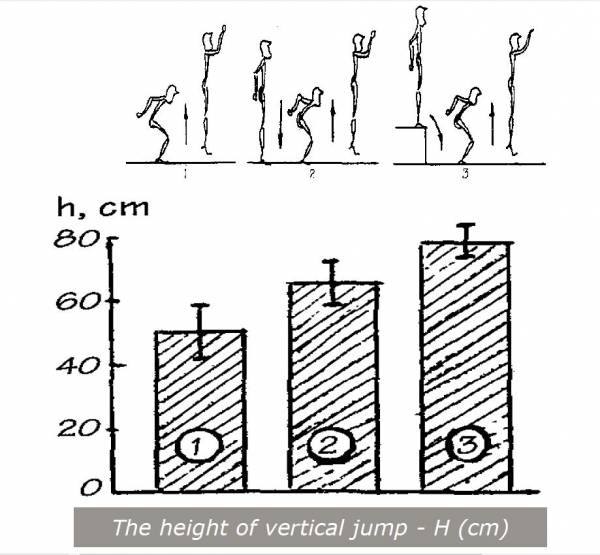

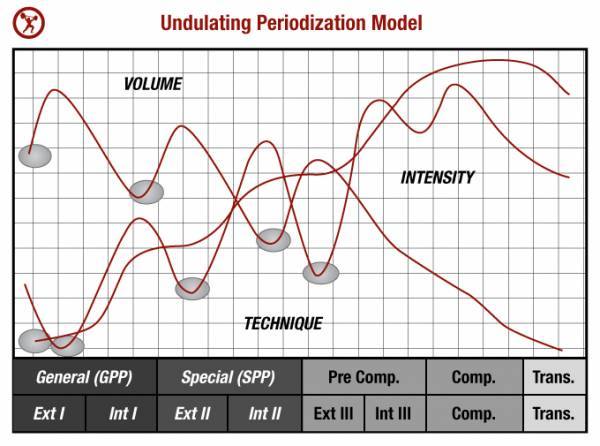
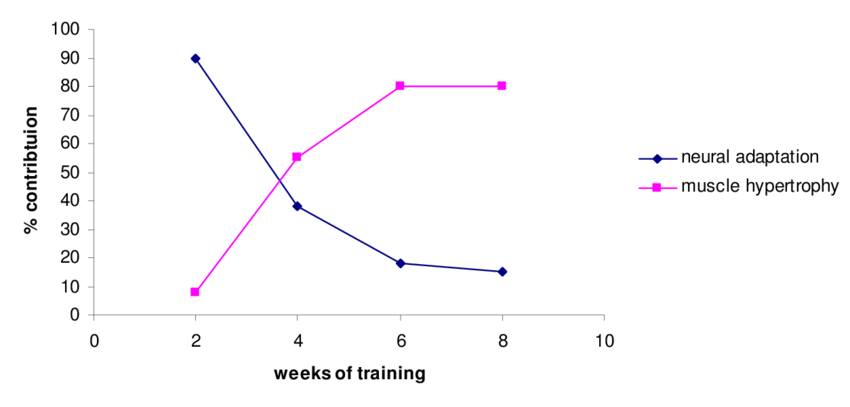
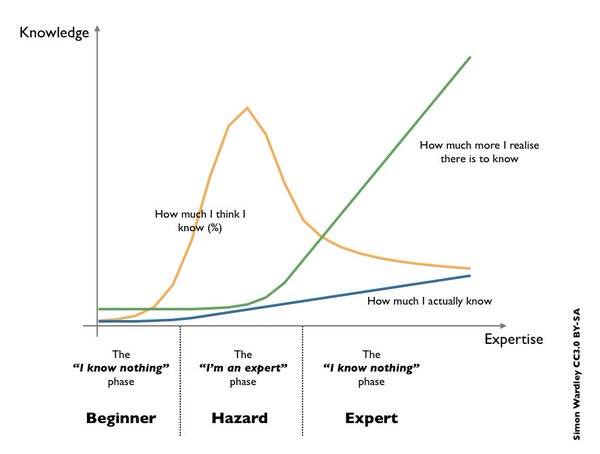
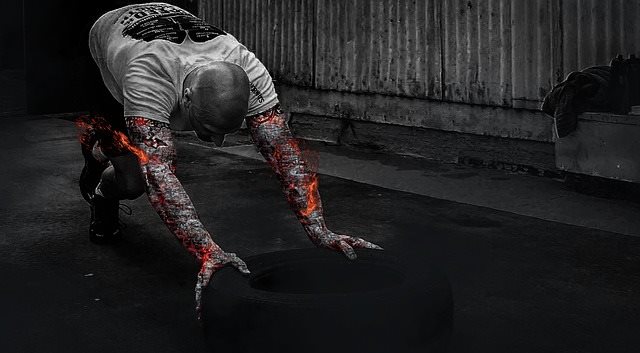
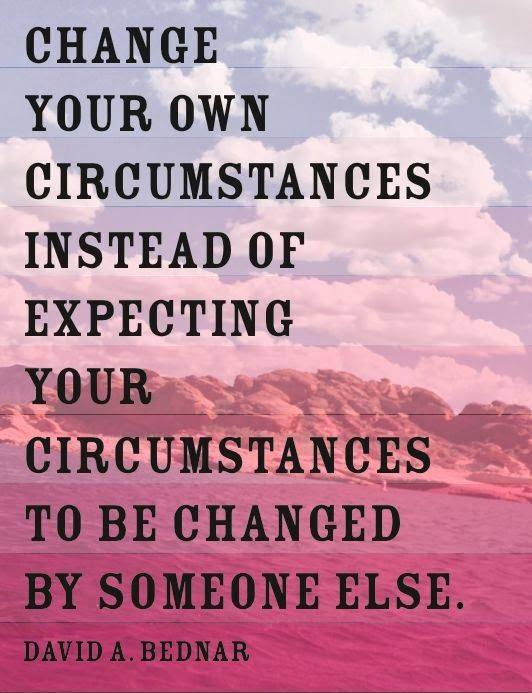
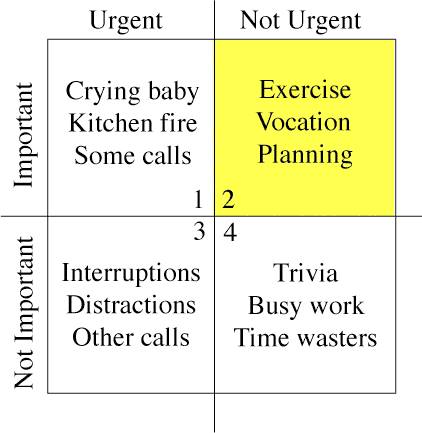
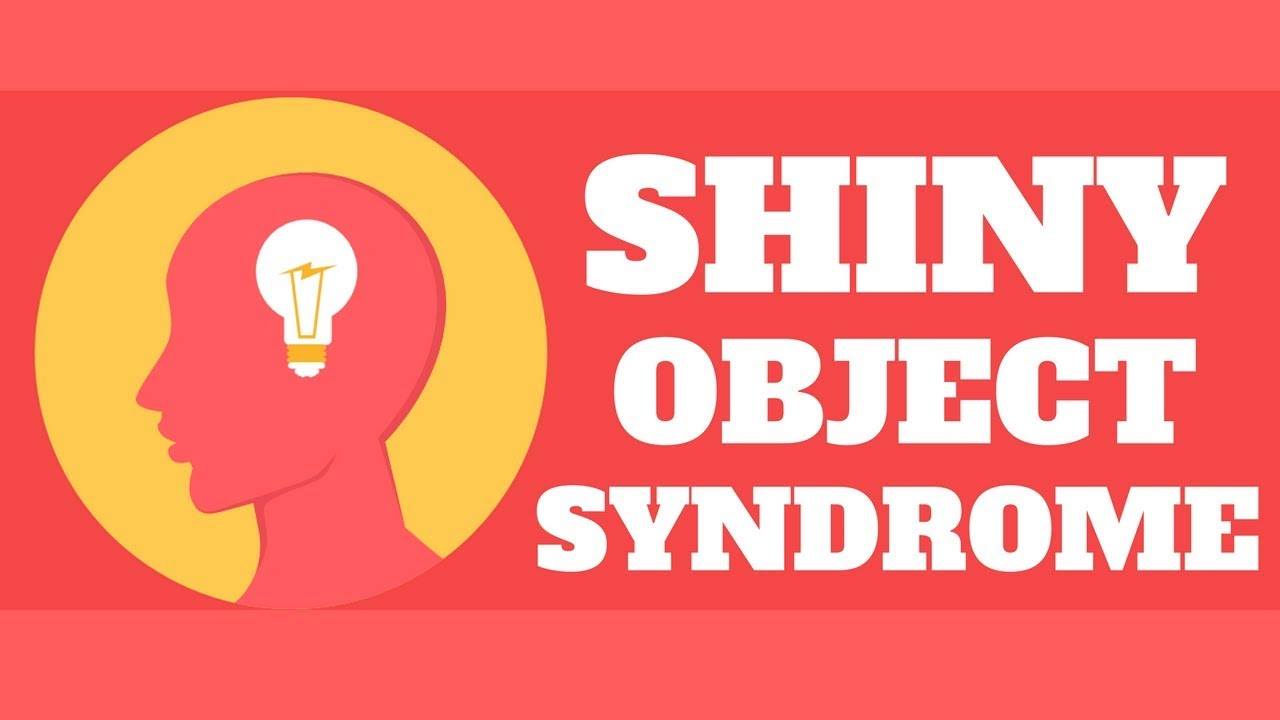
 RSS Feed
RSS Feed